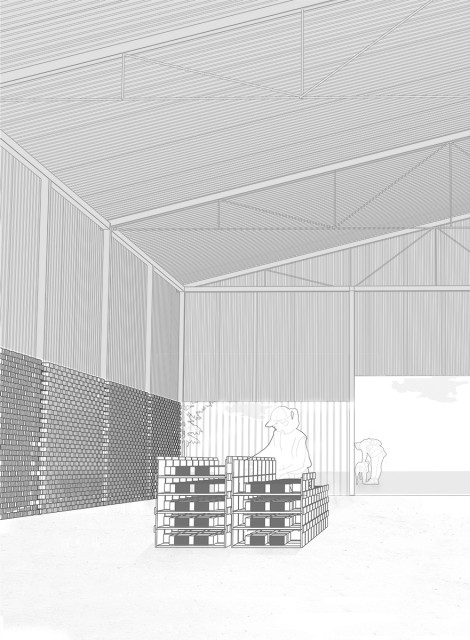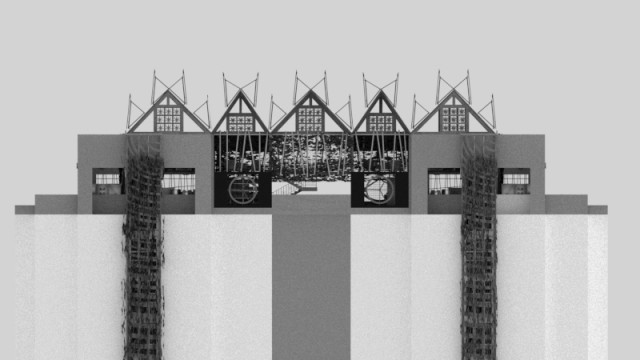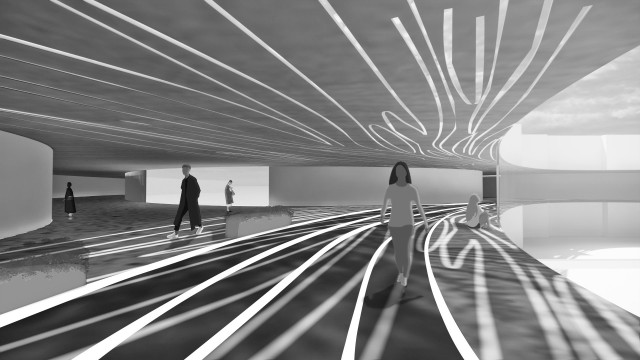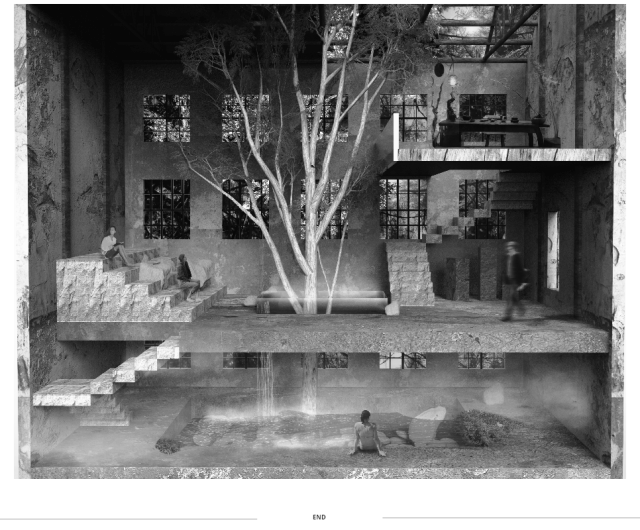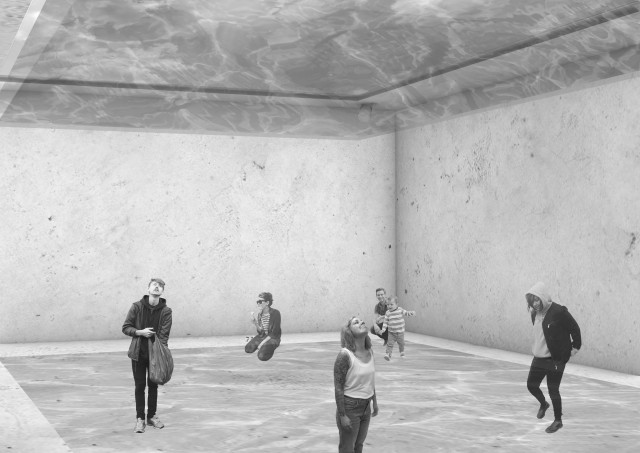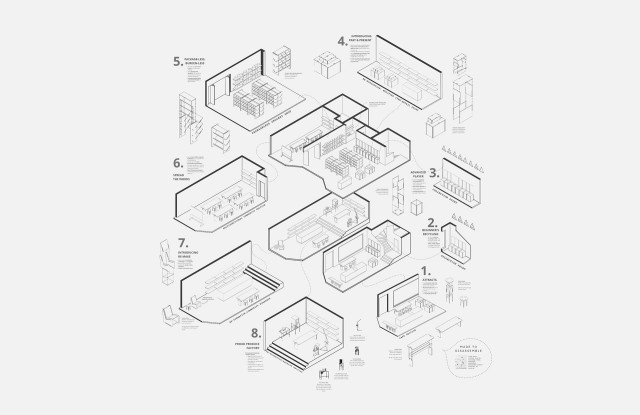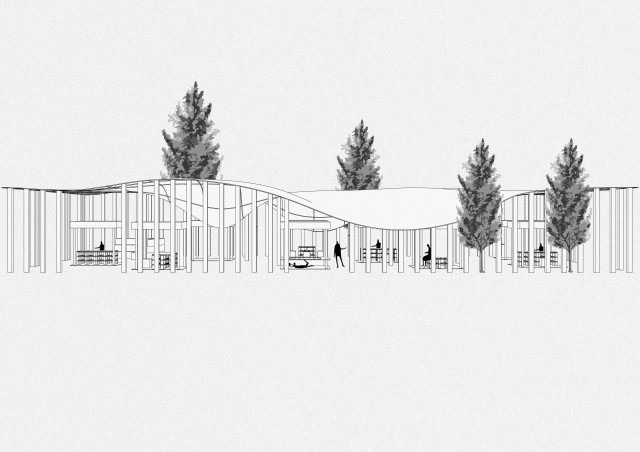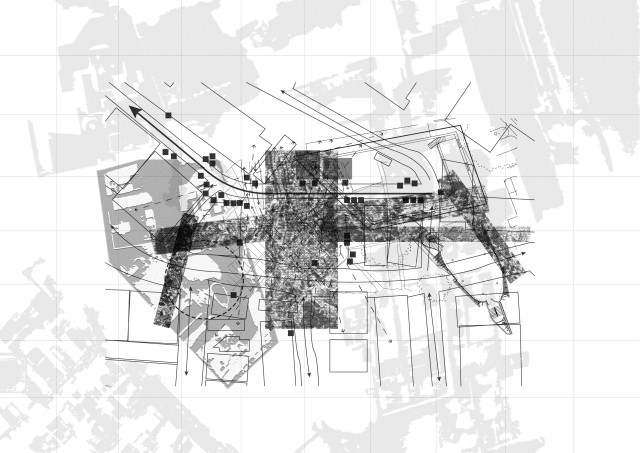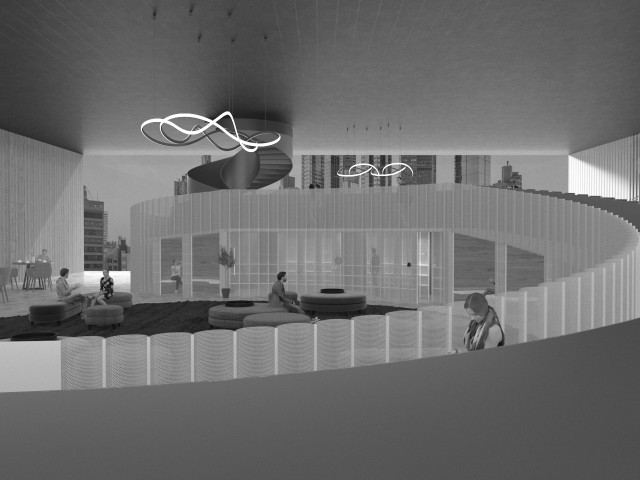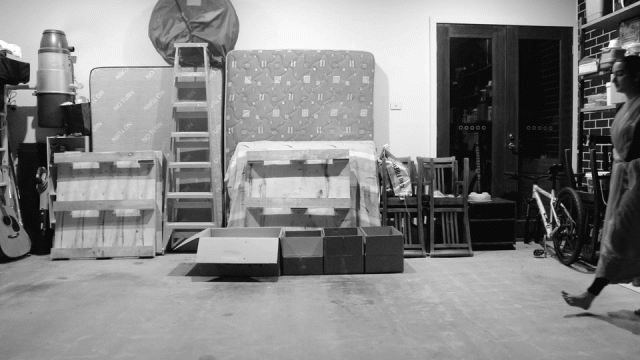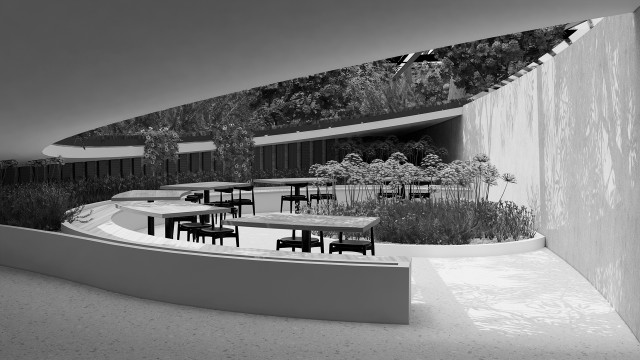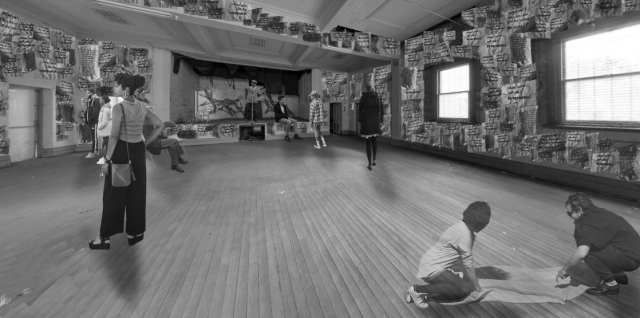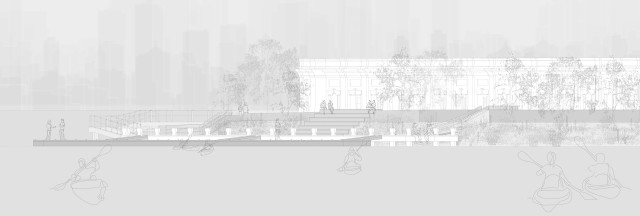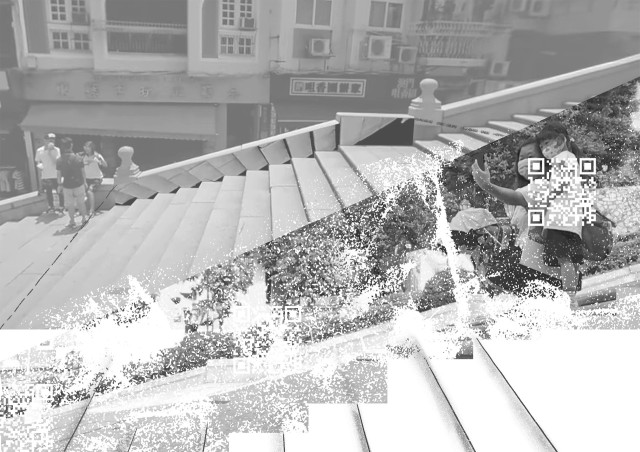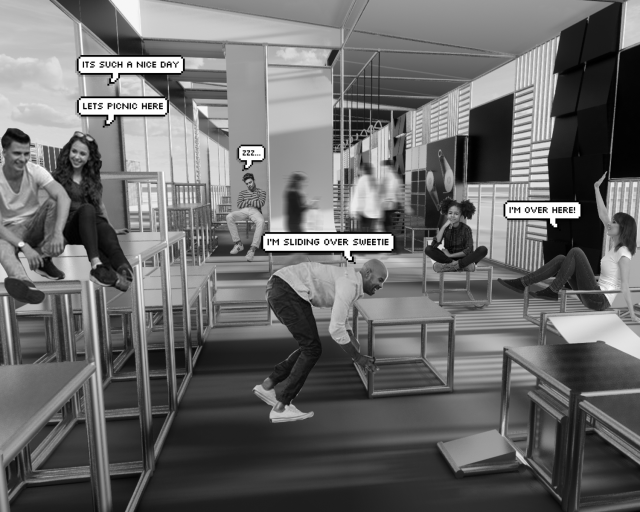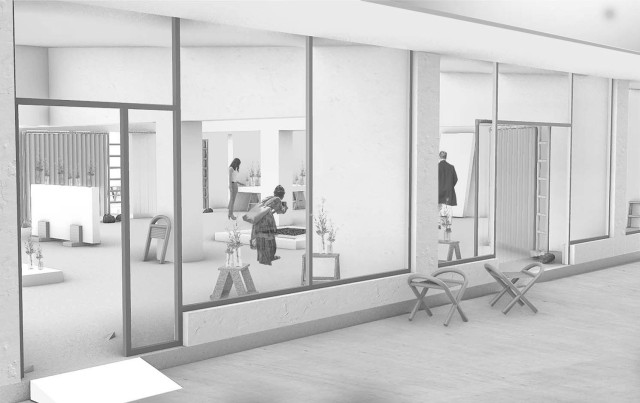Candice Zhaowei Jiang, Flowers in bloom [×]
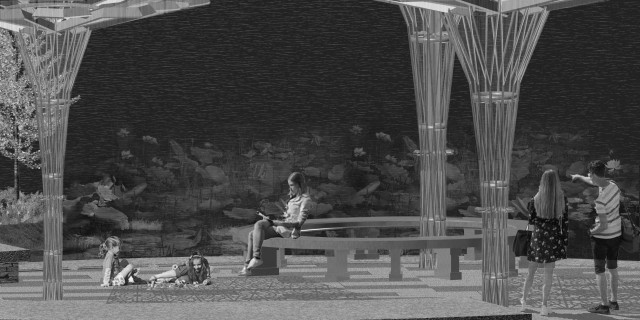
How to combine flower patterns to bring new experience to people in the park?
Donghai Park is a key area for urban renewal and ecological restoration in Suzhou, China. It is also a good place for citizens to use rest, exchange, and enjoy. Suzhou Municipal Peoples Government uses the Flower God Festival - a traditional Chinese festival - as a cultural theme to attract people to nature.
In contemporary Chinese culture, patterns have become the focus of art and design - with their unique style and profound elegance. This project is inspired by patterns in the natural world and explores how nature generates patterns. By designing a pavilion that supports and gathers people during the Festival, the project explores patterns as structure, ornament, ecology and human behavior.
The project explores how patterns can form a connection between nature by connecting people and nature and increasing people's comfort and dwell and spend time experiencing the park. In Suzhou, lotus flower is the local city flower, much loved by people. So the pavilion is based on patterns drawn from the lotus flower, which in Asian cultures has symbolic meaning such as beauty, openness, knowledge and renewal and is often described as being an analogy for the human condition–the Lotus produces the most beautiful flower even when its grows in muddy waters.
The pavilion is a place to shelter, gather and celebrate the natural conditions of the park, through light, water, wind, and rain - the pavilion frames these conditions and performs them through the patterned structure. The pavilion is displayed all year round to provide people with a rest or a venue for different activities. At the same time, it will also change with different seasons and weather conditions, bringing people a different sensory experience.
The research explores how patterns drawn from nature and represented in a natural setting, like a park, can activate a stronger connection to nature. The project focuses on analyzing the relationship between humans and nature through studying the relationship between patterns and landscape and exploring how to create space through these patterns for people to experience the wonder and poetry of nature.








